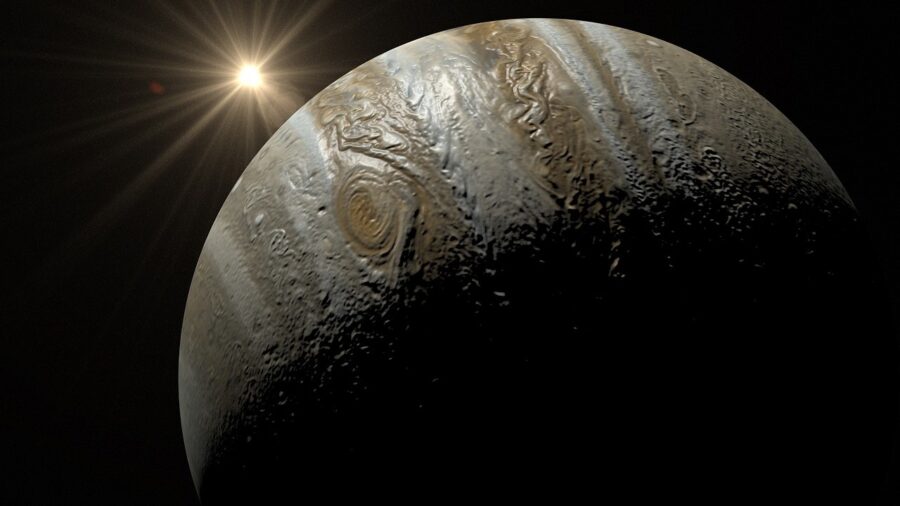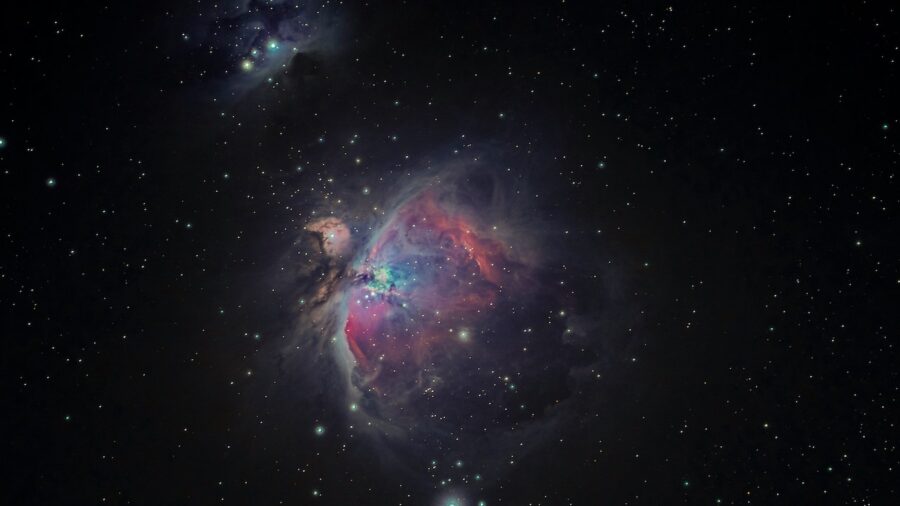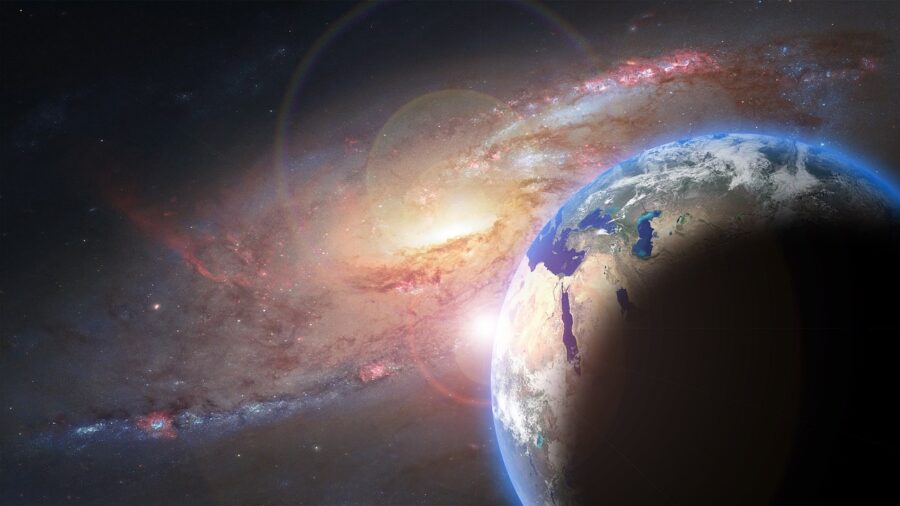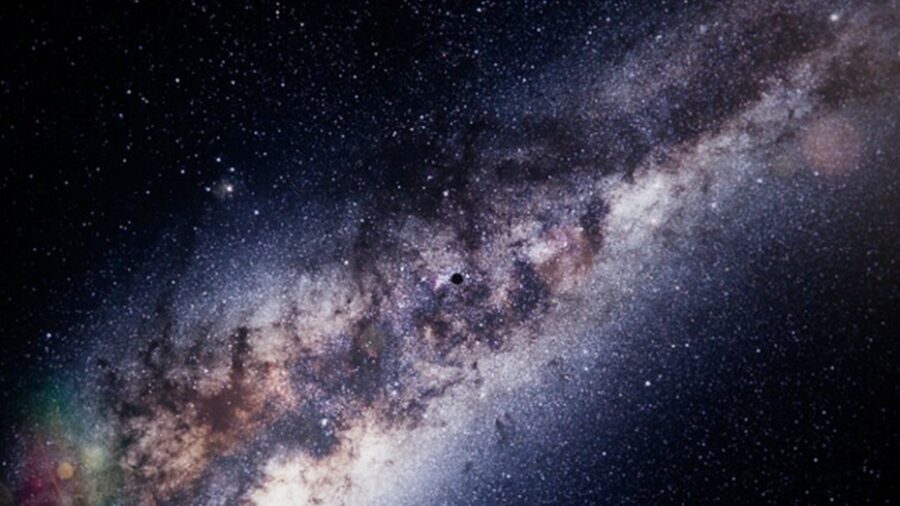Cotton Candy Planet Discovered Bigger Than Jupiter

Its name might not roll easily off the tongue, but WASP-193b, a recently discovered and astonishing exoplanet, has a density lighter than cotton candy; if that weren’t enough, the planet is also larger than Jupiter. The cotton candy planet’s groundbreaking discovery came from an international team based at the University of Liège’s EXOTIC Laboratory.
The finding, ultimately also an international effort, involved the brilliant minds at MIT and the Astrophysics Institute in Andalusia, too.
Compared To Jupiter

WASP-193b is located around 1,2000 light-years from Earth and constitutes a veritable cosmic anomaly (which, given the variety of exoplanets, says something).
On one hand, the extreme exoplanet is humongous—50 percent bigger than Jupiter. On the other hand, the cotton candy planet comprises only one-seventh of Jupiter’s mass, meaning it possesses an incredibly low density of only .059 grams per cubic centimeter.
Let’s put this in perspective: Jupiter’s density is approximately 1.33 grams per cubic centimeter compared to Earth’s 5.51 grams per cubic meter.
Second Least Dense Planet

This means that WASP-193b is the second least dense planet ever discovered (the lightest planet ever discovered, for those not scientists at the labs mentioned above, is Kepler-51d).
Khlis Barkaoui, a Postdoctoral Researcher at ULiège’s EXOTIC Laboratory and the study’s lead author (published in Nature Astronomy) dubbed the discovery of the cotton candy planet “extraordinary.”
Barkaoui conveyed how the exoplanet’s remarkable lightness endows it with unheard-of rarity; of the over five thousand exoplanets discovered, WASP-193b is special indeed.
Wide Angle Search for Planets

Science fans, astronomers, and astrophysicists owe the Wide Angle Search for Planets (WASP, as it is usually known) project thanks for commencing the journey culminating in WASP-193’s discovery.
The initiative is an international collaboration employing two robotic observatories, both equipped with wide-angle cameras that monitor the brightness of thousands of stars.
The WASP-South observatory, in particular, caught the scent of the cotton candy planet between 2006 and 2009 and again from 2011 to 2012, detecting occasional dips in the light from the star nearest to WASP-193b, implying a planet’s local transit. But the cosmic hint was just that—a hint.
Spectroscopic Observations

It would take further validation, which soon came via observations by the TRAPPIST-South and SPECULOOS-South observatories, both located in Chile and directed by Michaël Gillon, FNRS Research Director (and astrophysicist) at the University of Liège.
Gillon’s findings confirmed that the sensed object was indeed planetary by measuring it at various wavelengths.
Finally, spectroscopic observations provided the HARPS and CORALIE spectrographs in Chile contributed the last pieces of the puzzle, precisely measuring the planet’s incredible mass, a density so light it seems straight out of sci-fi.
Similar Gas Giants In Milky Way

Scientists then learned that, somewhat predictably, the cotton candy planet is comprised of hydrogen and helium—which makes sense; those elements constitute similar gas giants in our neighborhood, the Milky Way galaxy.
But uniquely, WASP-193’s atmosphere is significantly more inflated than, say, Jupiter’s, stretching tens of thousands of kilometers beyond the perimeter of our own neighborly gas giant.
Hence, the candy planet’s incredibly low density. It’s not even an exaggeration to compare it to cotton candy—the carnival sweet usually sports a density of about .05 gram per cubic centimeter, which approximates WASP-193 b’s.
A Cosmic Mystery

As Julien de Wit, a professor at MIT and co-author of the study, phrased it, “The reason why it’s close to cotton candy is that both are pretty much air. The planet is basically super fluffy.”
Even more interesting, the formation of the cotton candy planet remains, for now, a cosmic mystery; scientists don’t know yet how it formed or the nuances of its evolutionary life.
Which only makes it more fascinating.
Source: Science Daily












